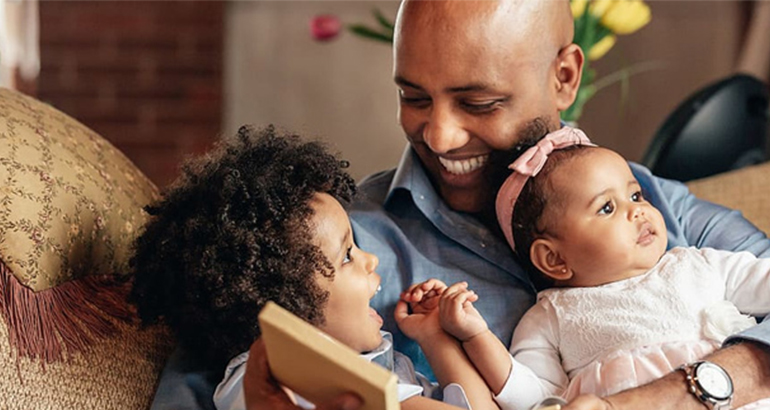COVID Has Changed The Way People Look At Life Insurance

The global COVID-19 pandemic has affected the insurance industry in countless ways, just as it has impacted the lives of billions around the world. In North America specifically, insurance companies have been paying less in auto claims, thanks to fewer vehicles on the road and fewer accidents, and less in dental claims as people have curtailed dentist visits and dental procedures.
On the other side, COVID lockdowns have led to more claims by business, more laid-off and early retiring employees, not to mention the increase in claims by individuals and their families that were unfortunate enough to experience serious illness, or even loss of life.
It’s not surprising that a pandemic of this magnitude, unlike anything seen in the 100 years since the Spanish Flu, has led to an increased interest in insurance, both for business and life.
Specifically, in the case of life insurance according to LIMRA, a leading industry research agency, 31% of people surveyed said they were more likely to buy life insurance because of COVID. Interestingly, while one in eight North Americans said they were interested in purchasing life insurance for the first time, that rate doubled to one in four for millennials (25-40 year olds). That was the first time that millennials were the age group most likely to sign up for their first life insurance policy.
Typically millennials, for various reasons have leaned towards handling life insurance on their own. The many reasons given range from; tighter finances, more reliance on investments to plan for their future, and confidence in eventual generational wealth transfer.
COVID has shaken some of that laissez-faire, or do-it yourself, approach as millennials, and others, have seen jobs lost, careers derailed, bankrupted or financial damaged companies.
Also the sheer numbers of COVID afflicted (whether seriously ill or deceased) has been a motivator in reassessing one’s mortality, and the real health risks of both COVID and other more perennial causes of illness and death (e.g., cancer, heart disease, lung diseases).
For more conservative investors, the persistent low rate environment, in some cases virtually zero percent on savings accounts, which is widely anticipated to continue at least in the short to medium term, has become increasingly worrisome. There are real concerns that personal growth of capital may not be generating the nest egg needed to protect families in the case of injury or loss of life of one of the principal family money-earners.
In the previous decades, life insurance sales people and ad campaigns were a common fixture of North American life, even the old cliché of the door-to-door life insurance salesman. Ad campaigns on TV were ubiquitous, not to mention in newspapers, magazines and even blimps in the air.
Today’s online generations are less likely to respond to (or even see) traditional calls to consider life insurance, and it is a topic rarely discussed these days.
The COVID pandemic has sparked new interest in life insurance and younger purchasers are turning to the internet for more information, as well as asking their parents, senior colleagues.
The industry will see in the statistics of 2021 and 2022 if the increased intentions of younger generations to protect themselves and their families against injury and death will translate into actual policies. The trends seem to suggest that a large cohort of consumers will opt for the peace of mind that older generations have found in well-designed life insurance plans.





Comment (0)